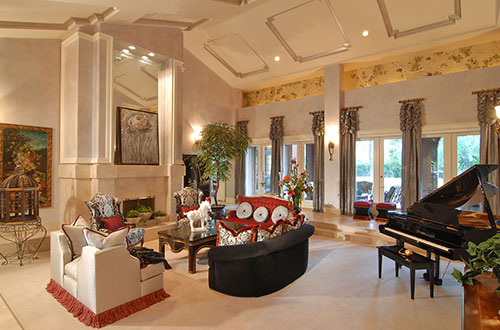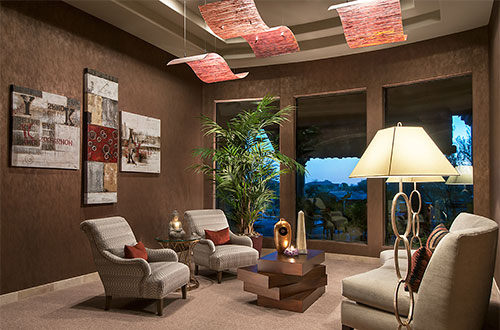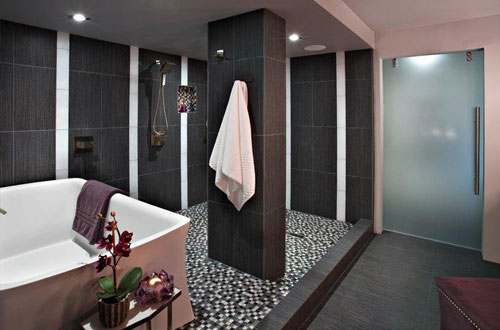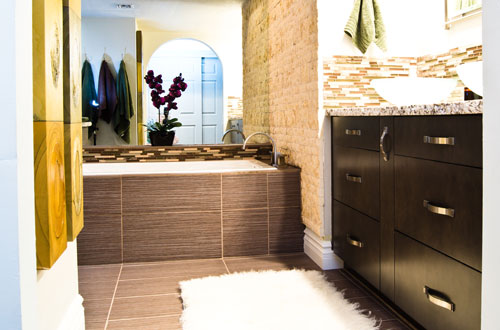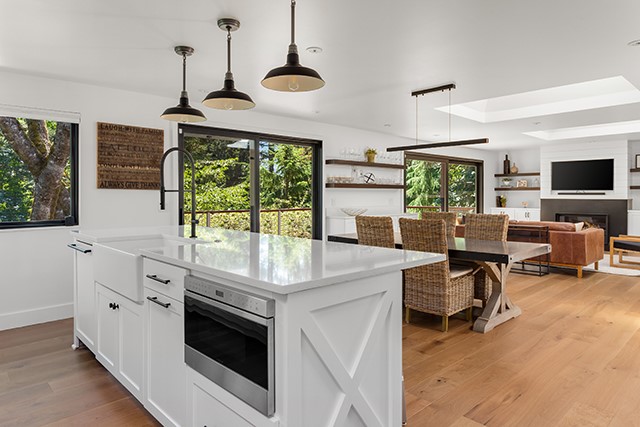
HACKETTSTOWN, NJ — Four key design themes – Connected Living, Simplified Living, Healthy Living and Living in Place – are emerging as a result of major lifestyle changes and other factors that are transforming how kitchens and baths will be designed over the next three years.
That’s the key conclusion of a benchmark research survey conducted by the National Kitchen & Bath Association into the impact that people’s behavior, life stage and habits are having on kitchen and bath design. Results of the study, dubbed Living Impacts Design, were released recently by the NKBA. More than 750 design professionals in North America – including designers, architects, showroom managers, remodelers, contractors, dealers and manufacturers – participated in the poll, according to the association.
Although life stages (Millennial, Gen X, Boomers and Greatest/Silent generation) account for major differences in the way people live, the NKBA reported that four overarching themes emerged from the data:
• Connected Living: The need for increased human interaction, information access and a connection with nature. 87% of those surveyed listed need for greater inclusion and visibility with open kitchen layouts, multi-function spaces within the kitchen to work for a variety of activities (meal prep, entertaining, school and work-from-home).
• Simplified Living: Home is a shelter and a retreat from a chaotic world. 80% of respondents said minimizing clutter, cleaning and targeted storage is a critical design need for the kitchen and bath. 69% want their bathrooms to be an escape and 61% want design spaces for easy meal-prep.
• Healthy Living: Creating spaces that fuel and heal the body; establishing a deeper connection to nature and a focus on wellness. 48% want kitchens that help them to be more health conscious.
• Living in Place: Multiple generations are living together under the same roof, so there is an increased need for spaces that work for all, no matter their age, ability or physical challenges. 67% surveyed have a desire to age in place, and more than 60% want kitchens and baths that are easily used for all ages and
“People need an escape from a chaotic world, and their home provides that safe haven,” explained Tricia Zach, head of research for the Hackettstown, NJ-based NKBA. “Our lives are bursting with responsibilities and commitments. We’re tasked to do more with less time, and this research provides valuable insights to the specific tools and solutions people need to help them achieve a better quality of life.”
“The role our homes play in our lives has never been so evident as it has these last few months,” said Bill Darcy, NKBA CEO. “Even before months of quarantine and working from home created new challenges, understanding the impact of how we live in these spaces and its effect on design, specifically in the kitchen and bath, was something we wanted to investigate.
“It’s extremely important for our members to better understand the ‘why’ behind what’s impacting design, not just the ‘what.’ It’s critical to know how people’s personal goals and habits change the way the kitchen and bath are designed, as well as the products used in them, to improve our lives.”
Several significant design trends are becoming evident as a result of coronavirus-related lifestyle changes, according to the NKBA research.
Among them, in the kitchen, are:
• Larger, multi-functional islands for meal prep, dining and work-from-home.
• Open floor plans with fewer walls, allowing increased visibility and broader sight lines to other rooms, entertainment, media and nature/outdoors.
• Increased number of charging outlets.
• Landing counters for groceries and food delivery.
• Larger sinks and refrigerators to wash and store fresh produce.
• Commercial finishes and fabrics for easy cleaning and durability.
• Recycling and composting stations.
In the bathroom, key emerging trends include:
• Large-format tile, thinner grout lines for easier cleaning.
• Compartmentalized storage with integrated outlets (hairdryer, razor, toothbrush, phone).
• Self-cleaning toilets
• Larger, zero-clearance showers with integrated seating and decorative grab bars.
• Heated flooring.
• Wi-Fi connectivity.
• Voice activation for shower, lighting and entertainment.
• Larger windows for increased natural lighting.
• Use of natural materials including bamboo, stone and live plants.
Bill Darcy connected living Design trend
